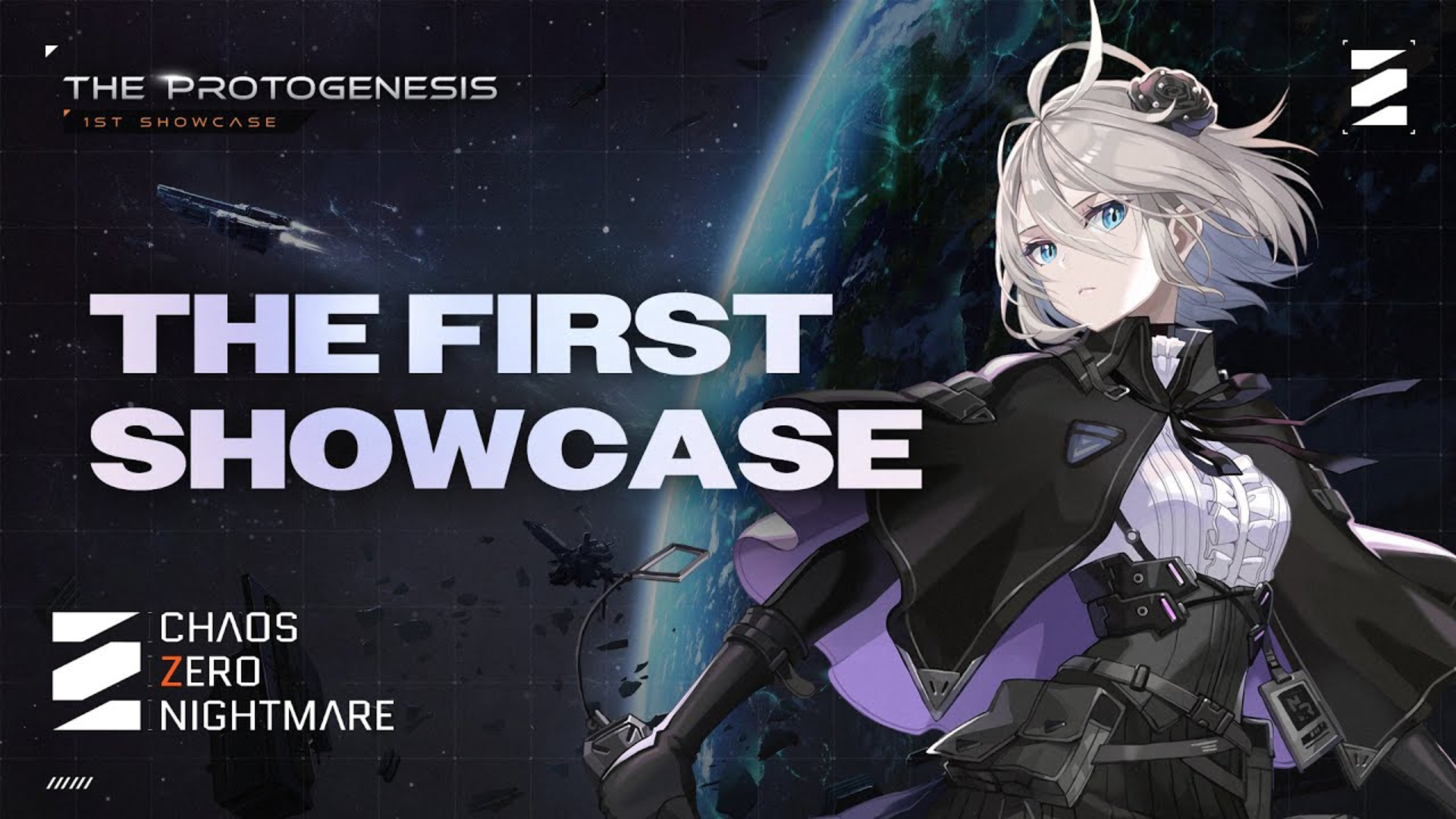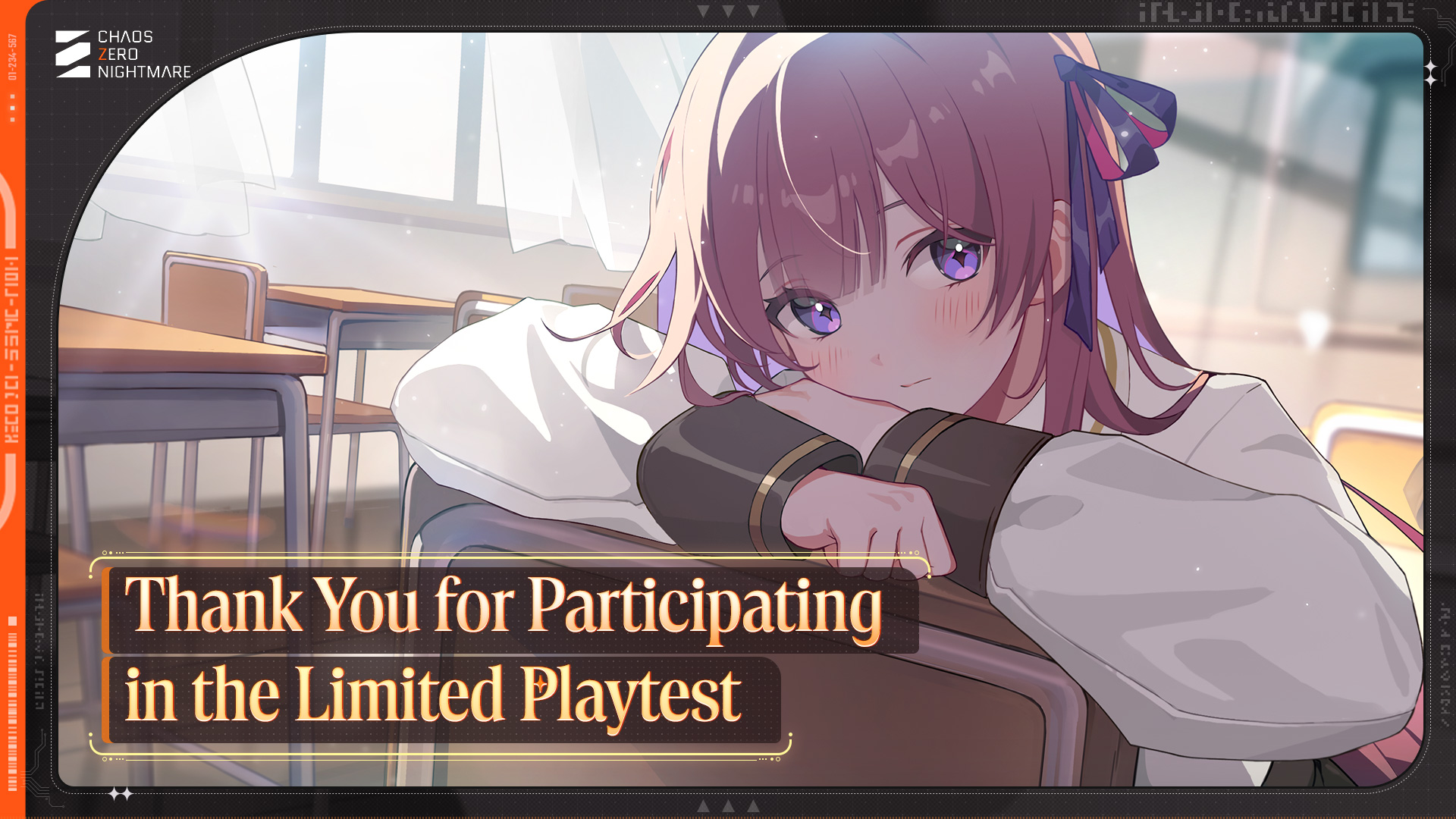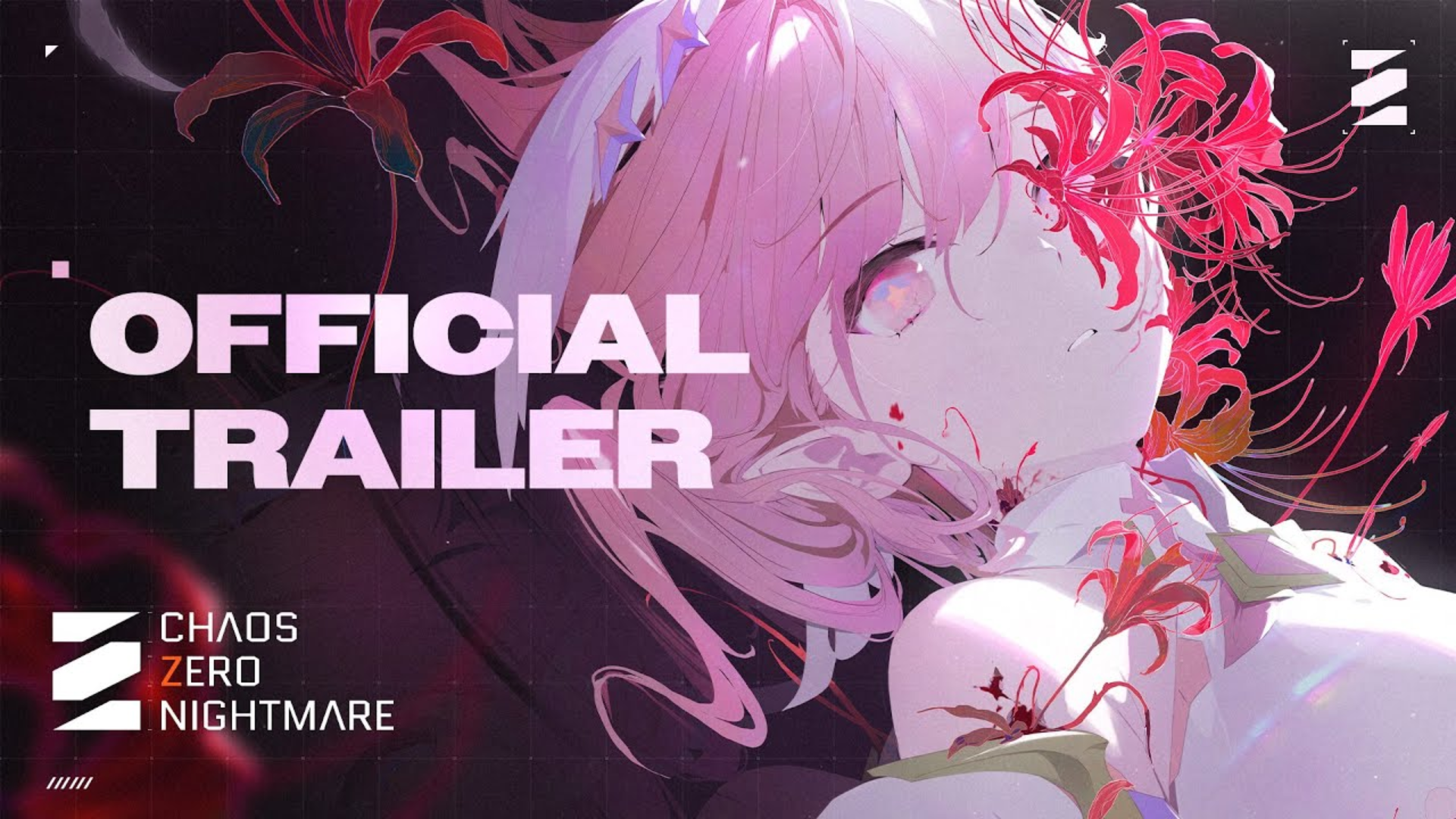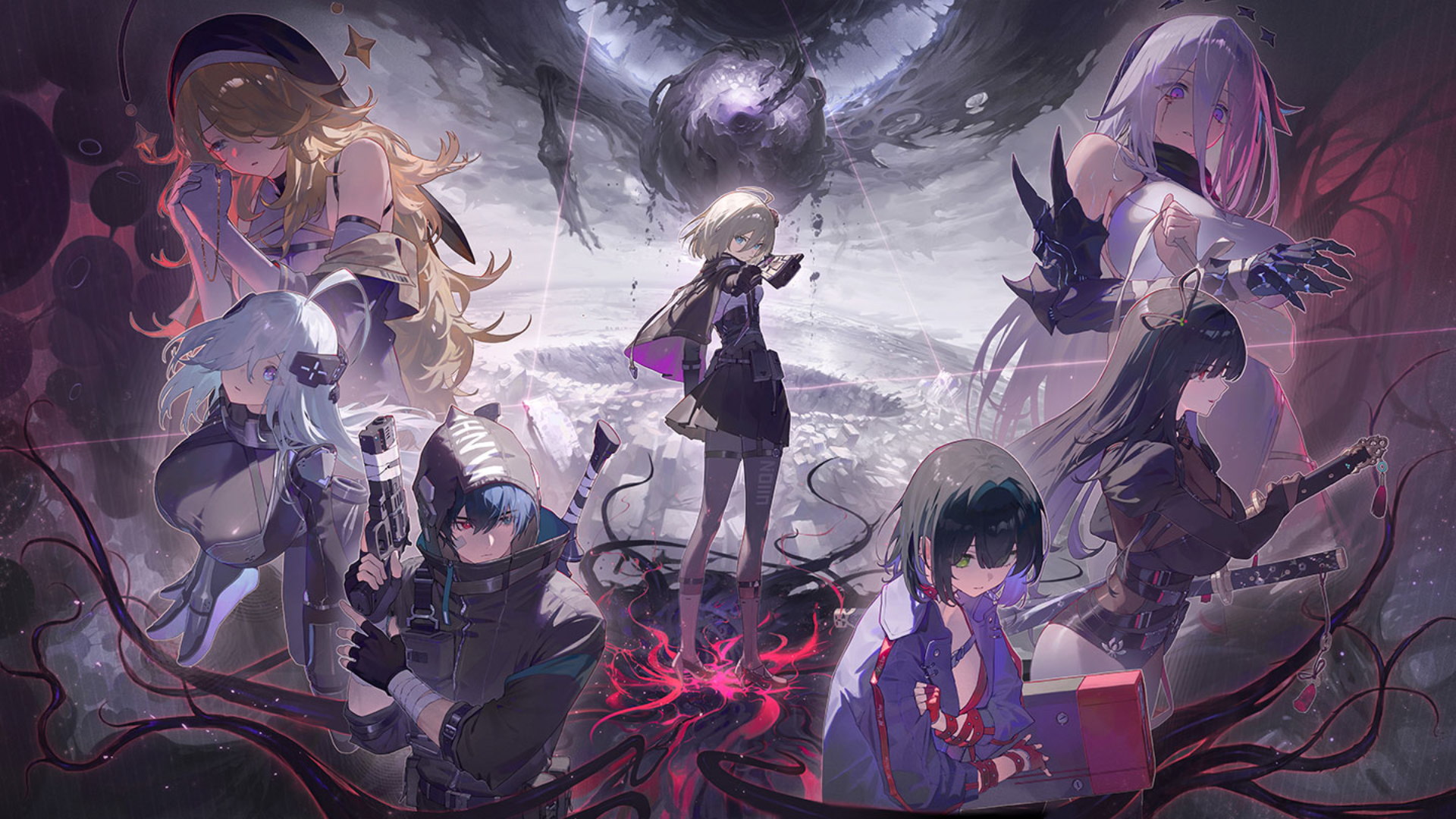Chaos Zero Nightmare vs Epic Seven: System and Gameplay Comparison
Chaos Zero Nightmare (CZN) and Epic Seven (E7) are both from the same renowned developer, but their gameplay philosophies, core systems, and even their gacha approach are dramatically different. Here’s how they stack up for fans of gacha strategy, deckbuilding, and team-building meta in 2025.
Core Combat & System Differences
| Feature | Chaos Zero Nightmare | Epic Seven |
|---|---|---|
| Combat | Card-based, deckbuilding, AP management, “roguelike” | Classic turn-based, skill rotations, speed tuning |
| Map Progression | Procedurally generated node/roguelike map | Linear stage/episode progression |
| Run Structure | Random events, adaptive pathing, choices impact flow | Static campaign/farming grind |
| Replayability | High, random events, deck choices make each run unique | Based on new heroes released |
| Art/Animation | Dark sci-fi, gothic horror, 2.5D, animated skill cut-ins | Bright anime fantasy, 2D sprite art, high polish |
- CZN shakes up the formula with every run feeling like a new “card puzzle,” inspired by Slay the Spire and Darkest Dungeon, not just RPGs.
- E7 sticks to classic, consistent JRPG patterns, your hero lineup, set skills, and stat-driven skill rotations dominate.
Systems & Mechanics
| System/Mechanic | Chaos Zero Nightmare | Epic Seven |
|---|---|---|
| Deck Building | Build and thin agent decks, cards evolve via Epiphany | No deckbuilding, fixed skill kits |
| Stress/Breakdown | Mental health, stress bar triggers debuffs, stack management | Simple morale status |
| Shop/Progression | Shop only at some nodes, deck/gear RNG reliant | Shops always present, gear farming focus |
| Partner/Artifact System | Separate banners, true pity for units, imprints from shop | Mixed banners, hero/artifact rate |
| Gacha Rates/Pity | 50/50s, soft and hard pity for featured units, every unit (except collabs/seasonals) enters standard pool eventually | Flat 1% rate, hard pity at 121, most units permanently available |
- CZN’s “Epiphany” system allows card upgrades mid-run, making each playthrough feel different.
- E7 emphasizes long-term hero growth, fixed hero skills, and speed meta for PvP.
What’s Similar?
- High-Quality Animation and flashy ultimate skill cuts.
- Gacha Rescue/Summon Systems share “real” pity and regular banners, though structure/pools differ.
- Collaborative Leaderboards, Events, Daily/Weekly Content: Compete for ranks and accumulate rewards over time.
Standout Innovations in CZN
- Deck-building strategy on top of hero collecting.
- Mental stress/breakdown adds tactical and story complexity, with effects that change both combat and the narrative.
- Branching story and event decisions matter to world state and synergy.
- Shop/upgrade randomness and “campfire” node choices make each run unique.
Full Breakdown, Rate, and Summon System Comparison
- Both games have genuine pity systems, but the pool, banner, and currency flow is different:
- E7 = flat %, one banner, no splitting.
- CZN = separate banners, 50/50, better soften pity, but unit pool dilutes faster since all non-collab units get added.
- CZN also allows imprint/dupe purchase directly with farmed currency.
Epic Seven:
- Consistency, hero collector’s dream, JRPG comfort food.
- Best for players who crave team tuning, hero growth, and PvE/PvP depth in a static world.
Chaos Zero Nightmare:
- Deckbuilder fans, roguelike strategists, and those who want “deck vs. boss puzzle” gameplay will love it.
- Anyone longing for tactical variety, surprise mechanics, and dark, choice-based narrative flavor.
For comprehensive details, see:
Whether you prefer steady progression or the chaos of roguelike deckbuilding, both games deliver, but they play, feel, and innovate in totally different ways!



